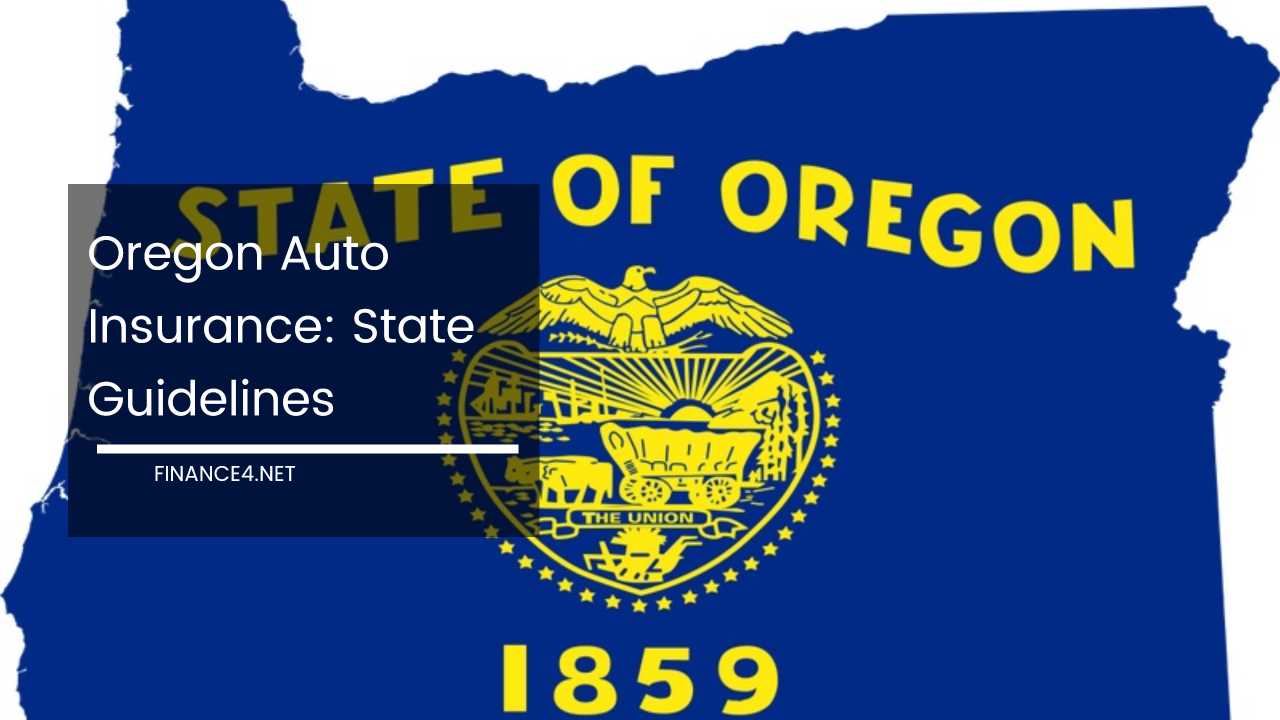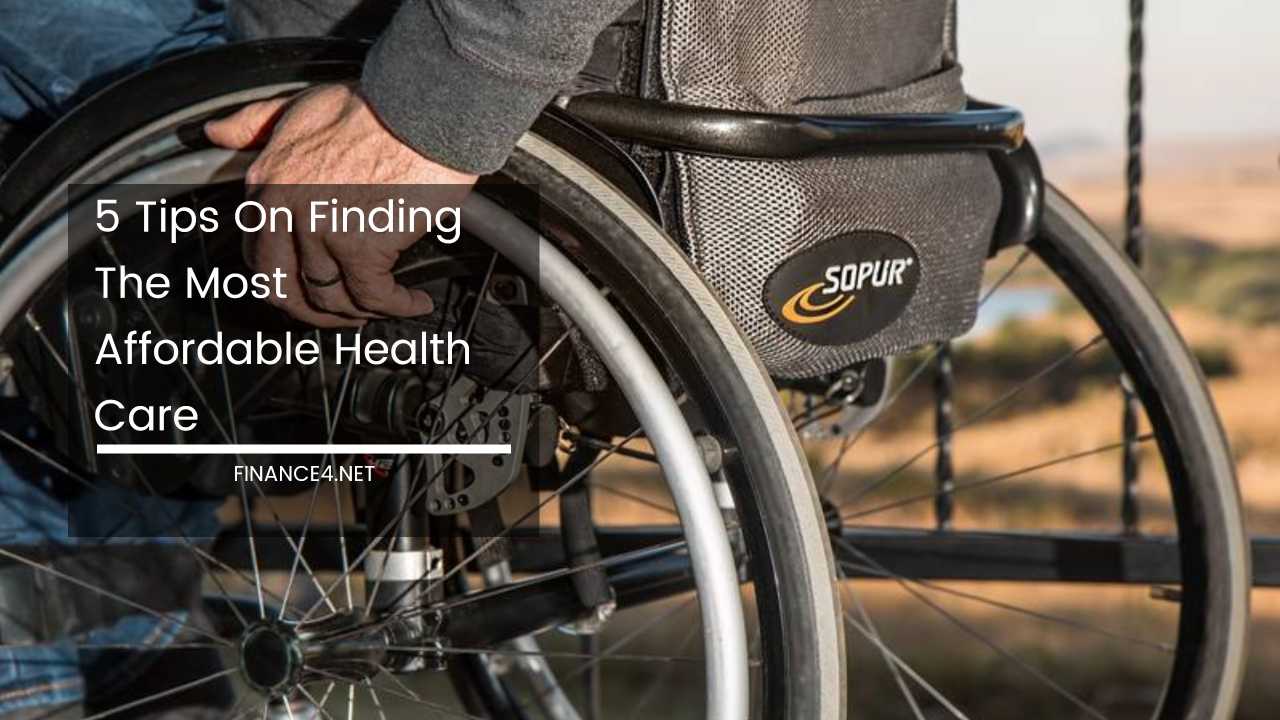Oregon Auto Insurance: State Guidelines

Oregon Auto Insurance: Navigate the Road with Confidence
Cruising down the Oregon Coast Highway with the wind in your hair and the Pacific Ocean sparkling beside you – that’s the dream, right?
But before you hit the scenic byways or navigate the bustling streets of Portland, understanding Oregon’s auto insurance requirements is essential.
This guide equips you with the knowledge to make informed decisions and ensure you’re financially protected behind the wheel.
Demystifying Oregon’s Fault-Based System
Oregon adheres to a “fault” system for car accidents. This means the driver deemed responsible for the collision bears the financial burden for resulting damages – injuries, lost wages, and vehicle repair.
In simpler terms, the at-fault driver’s insurance company will cover these expenses, up to their policy limits.
Having adequate auto insurance safeguards you from significant financial burdens if you cause an accident. It also acts as a safety net if another driver, with insufficient or no insurance, crashes into you.
Oregon’s Mandatory Insurance Coverage: Your Safety Net
The state mandates a specific type and minimum amount of car insurance for all drivers. Let’s delve deeper into these essential components:
-
Minimum Liability Coverage: This acts as the foundation of your financial protection. It covers expenses for people injured and property damaged in an accident you cause. Here’s a breakdown:
-
Bodily Injury Liability (BI): This covers medical bills and lost income for those injured in an accident you’re responsible for. Oregon requires minimum limits of:
- $25,000 per person for bodily injury
- $50,000 per accident for total bodily injury (covers multiple injuries)
-
Property Damage Liability (PD): This covers repairs or replacement of damaged property (vehicles, structures) in an accident you cause. The minimum requirement in Oregon is $20,000 per accident.
-
Important Note: These are the minimums. While they provide a basic level of protection, consider increasing your coverage limits. Medical bills can quickly escalate, and property damage repairs can be costly. Higher coverage ensures you’re adequately protected in case of a serious accident.
-
Personal Injury Protection (PIP): This no-fault coverage acts as a personal medical safety net. It pays for your medical bills and lost wages, regardless of who caused the accident. Oregon mandates a minimum of $15,000 in PIP coverage per person.
-
Uninsured/Underinsured Motorist Coverage (UM/UIM): Imagine a scenario where the driver who hits you has no insurance (uninsured) or not enough insurance (underinsured) to cover your damages. UM/UIM protects you in such situations. Oregon requires minimum coverage limits of:
- $25,000 per person for bodily injury
- $50,000 per accident for total bodily injury
Remember: Don’t be fooled by the term “minimums.” These are the bare minimums required by law. Insufficient coverage could leave you financially vulnerable in the aftermath of a serious accident.
Beyond the Basics: Exploring Additional Coverage Options
Oregon’s mandated insurance provides a foundation, but for comprehensive protection, consider these additional coverage options:
-
Collision Coverage: This reimburses you for repairs to your vehicle if it’s damaged in a collision with another object (car, tree, etc.) or if it rolls over.
-
Comprehensive Coverage: This covers damage to your vehicle caused by non-collision events like theft, vandalism, fire, weather events, or animal strikes. Imagine a deer suddenly darting across the road – comprehensive coverage would have you covered.
-
Medical Payments Coverage (MedPay): This pays for medical expenses for you and your passengers, regardless of fault, after an accident. It’s a valuable option if your PIP coverage limits are low or if you have passengers who don’t have their own health insurance.
Choosing the Right Coverage: Striking a Balance
While comprehensive coverage offers the most protection, it comes at a higher premium. The key is to find the right balance between affordability and protection. Here are some factors to consider when making your decision:
- The value of your vehicle: A newer or more expensive car might warrant more comprehensive coverage.
- Your risk tolerance: If you’re comfortable assuming some financial risk, you might opt for lower coverage limits. However, if you prioritize peace of mind, consider higher coverage.
- Your driving habits: If you drive infrequently or primarily in low-risk areas, you might choose lower coverage.
Don’t be afraid to consult an insurance agent! They can help you assess your individual needs and recommend the most suitable coverage options.
Unveiling the Factors Affecting Your Insurance Rates
Several factors influence your auto insurance premium in Oregon, impacting how much you pay for coverage. Here’s a breakdown of the key players:
-
Your Driving Record: This is a significant factor. Accidents, tickets, and violations will increase your rates. A clean driving record can lead to significant discounts.
-
The Type of Vehicle You Drive: More expensive cars typically cost more to insure. This reflects the higher repair costs associated with them. Additionally, vehicles with higher theft rates may come with increased premiums.
-
Your Age and Location: Statistically, younger drivers and those with less experience are considered higher risks. This translates to higher premiums. Similarly, drivers living in high-traffic areas or areas with high accident rates can expect to pay more.
-
Your Annual Mileage: Drivers who put more miles on their cars are statistically more likely to be involved in accidents. This can lead to higher premiums.
-
Your Credit Score (with some exceptions): In Oregon, insurance companies can consider your credit score when setting your rates. Generally, a good credit score can qualify you for lower premiums.
Understanding these factors empowers you to make informed decisions that can potentially lower your insurance costs. Here are some ways to potentially reduce your premium:
- Maintain a clean driving record: This is the single most impactful factor. Avoid traffic violations and accidents to keep your rates down.
- Choose a fuel-efficient and safety-rated vehicle: Safer cars with lower repair costs can lead to lower premiums.
- Increase your deductible: The deductible is the amount you pay out-of-pocket before your insurance kicks in. Opting for a higher deductible can lower your premium, but remember you’ll need to shoulder a larger cost in case of a claim.
- Shop around and compare quotes: Don’t settle for the first offer you receive. Get quotes from multiple insurance companies to ensure you’re getting the best possible rate.
- Take advantage of discounts: Many insurers offer discounts for good driving records, low mileage, taking defensive driving courses, insuring multiple vehicles, bundling auto insurance with homeowners insurance, being a student with good grades, being a member of certain organizations, and owning safety features like anti-theft devices and airbags.
Finding the Right Insurance Provider: Your Trusted Partner
With a clear understanding of Oregon’s insurance requirements and the factors affecting your rates, you’re ready to shop for an insurance policy. Here are some key aspects to consider when choosing a provider:
- Reputation and Financial Strength: Look for a reputable insurance company with a strong financial track record. This ensures they can reliably cover your claims when needed.
- Customer Service: Excellent customer service is crucial. You want an insurance company that is responsive, helpful, and easy to reach when you need assistance.
- Coverage Options and Pricing: Compare the coverage options and pricing offered by different companies. Ensure they provide the types of coverage you need at a competitive price point.
- Agent Network: If you prefer working with an agent who can provide personalized guidance, consider companies with a strong agent network in your area.
Here are some ways to find the right insurance provider:
- Get quotes online: Many insurance companies offer online quote tools that allow you to compare rates quickly and easily.
- Seek recommendations from friends, family, and colleagues: Word-of-mouth recommendations can be a valuable resource. Ask people you trust about their insurance experiences.
- Consult with an independent insurance agent: An independent agent represents multiple companies and can help you compare options and find the best coverage for your situation.
Maintaining Your Auto Insurance Coverage: Peace of Mind on the Road
Once you have an auto insurance policy in place, it’s crucial to maintain coverage to avoid penalties and ensure you’re protected on the road. Here are some key points to remember:
- Pay your premiums on time: Late payments can result in policy cancellation or late fees. Set up automatic payments to avoid missing a due date.
- Notify your insurance company of any changes: This includes a new address, vehicle purchase, changes in your driving habits (e.g., starting to commute long distances), or adding a teenager to your policy. Failure to notify your insurance company can affect your coverage in case of a claim.
- Review your coverage regularly: As your life circumstances change (e.g., buying a new car, becoming a parent), your insurance needs might evolve. Review your coverage periodically to ensure it still meets your requirements.
By understanding Oregon’s auto insurance requirements, the factors affecting your rates, and the process of finding the right provider, you can navigate the world of car insurance with confidence.
Remember, adequate insurance is an investment in your financial security and peace of mind. Now, get out there and explore the
Image Credit: WikiMedia



